Biohacking Technology Goes Mainstream
- Oops!Something went wrong.Please try again later.

Imagine stepping outside on a 16-degree day only to jump into a 40-degree bucket of water.
That’s what former Cosmopolitan beauty director turned content creator Carly Cardellino did this winter from her backyard in Bedford, N.Y., when she installed a cold plunge from Ice Barrel. In a recent Instagram video, Cardellino documented her experience. She laughed, “I’m scared to get out,” but after one minute and 50 seconds in the 40 degree water, she exclaimed, “Yay,” looking energized and refreshed.
More from WWD
“It really shows you what you’re capable of while you’re in it because you’re like, ‘Oh, what other limiting thoughts have I been thinking,’” she said.
Cardellino is not alone in her reaction to cold therapy, an enthusiasm that has led to much of the biohacking technique’s popularity in recent months. According to Google data from Journo Research, searches for “ice bath” were the highest ever in January 2024 and searches for “ice bath benefits,” which are said to include increased energy and decreased inflammation, have grown by 334 percent in the last five years.
It’s not just cold therapy that’s seeing an uptick, though the practice is the biohacking darling of the moment. A slew of other technologies that can enhance overall health, including red light, infrared saunas, air compression and contrast therapy, have risen in popularity and are becoming at-home staples. The increased rate of adoption is being driven by the growing usage of wearables, influencers in the space, word-of-mouth and, of course, more accessible devices.
Back in 2004, author and entrepreneur Dave Asprey coined the term “biohacking,” referring to the ability to hack one’s own health and biology. While many experts agree biohacking could be anything that optimizes the body — diet, supplements, fitness — the category is often associated with expensive and intricate routines or technologies. For example, Bryan Johnson, 46, is an infamous biohacker who spends $2 million a year in the hopes of being 18 again physiologically.
While this inaccessible biohacking space still persists, a second wave with more down-to-earth pricing is also emerging, which experts say was kick-started by wearable devices, like Whoop, Oura and Apple Watch, which enable users to track everything from their heart rate to their blood sugar levels to their sleep patterns.
“Wearable devices are a good way from a fitness, movement and sleep perspective for consumers to understand, ‘How am I performing and what are the little tweaks that I can do?’” said Anna Pione, a partner at McKinsey and coleader of the firm’s global research on the future of wellness.
Whoop, a wearable that tracks recovery, cardiovascular strain and sleep, can help wearers decipher what does and doesn’t work for them. Users can track biohacks, like cold plunges, to see how they affect their scores. “Wearables helped demystify a lot of the noise in the system,” said Emily Capodilupo, senior vice president of data science and research at Whoop. “When you’re measuring the things that matter, you can manage those things.”
At Whoop, tracking biohacks over time gives the user clarity and positive feedback to continue when beneficial, and it is also providing the company with a breadth of data to further validate technologies that may not have sufficient research.
McKinsey cites wearables as a key area within the wellness category, estimating it to be a $10 billion to $15 billion market in the U.S. and growing in double digits year-over-year, with a 40 to 50 percent penetration rate.
Similar to wearables, at-home diagnostic testing from brands like Viome and Everlywell have become common over the past few years, due in part to COVID-19. At-home options include tests that measure everything from gut health and food sensitivities to hormones and sexually transmitted diseases.
The Global Wellness Institute predicts 45 percent of health care services will be done at home in the next five years, and experts see this being a more accessible area of biohacking that consumers can easily do.
With wearables and diagnostic testing, the average consumer has become comfortable assessing their health day-to-day at-home and then finding ways to improve their outcomes.
“I’ve witnessed a significant shift towards preventative health versus curative, which encourages healthier lifestyles,” said Lauren Dovey, founder of Heat Healer, which sells biohacking tech like sauna blankets.
Although there are more extremists in the space, many casual biohacking enthusiasts are learning about these modalities from popular wellness podcasters and influencers, like Joe Rogan, Peter Attia, Dave Asprey, Andrew Huberman and Rhonda Patrick.
“You’ve seen the rise in the now superstar, science educator podcasters,” said Dr. Marc Cohen, a holistic health expert and biohacking fan. “You want to tell other people about it, so it has [a] life of its own in terms of spreading it.”
When it comes to word-of-mouth referrals, cold plunges are the most popular at the moment, and Plunge is a well-known brand in the space that sells an at-home tub starting at $4,990.
“When we do something unique that makes us feel incredible, we tend to want to share it,” said Ryan Duey, chief executive officer and cofounder of Plunge. “That has been a huge catalyst for cold plunge and you mix in social media and a number of leading scientists and influencers and that’s had major impact.”
Like cold plunges, other technologies that are gaining traction are ones that provide immediate benefits. For example, a cold plunge can provide energy; red light could be mood-boosting; saunas feel refreshing and air compression can address inflammation and tension quickly.
Although at-home saunas saw a boom 10 to 15 years ago, the blanket version from brands like HigherDose and Heat Healer is providing an even more convenient option.
“Not everyone has the space for a sauna and can afford a sauna or even has access to a local gym or wellness center,” said HigherDose cofounder Lauren Berlingeri, adding that the brand is on its fourth iteration of its sauna blanket. Changes were made to make the product even more accessible, like switching from Velcro to a zipper closure, and it is still the brand’s bestseller, according to Berlingeri.
Contrast therapy combines these two popular modalities of hot and cold exposure into one practice that is said to ease tension and reduce inflammation. While someone could buy a sauna and a cold plunge, certain brands are making this biohack easier with compact devices. For example, Hyperice sells braces for knees and shoulders that alternate between hot and cold.
Although there may be specific reasons people purchase these sorts of devices — perhaps a red light mask for glowy skin or a cold plunge for sports recovery — experts agree there’s one overarching reason people try these biohacks and keep coming back.
“Just overall feeling better…that tends to be why people are getting into it,” said Duey.
As more people jump on the biohacking bandwagon, the category will continue to expand. “Now that they’re getting attention and people are using them and people are buying them, with more money going into the industry, the marketing behind them is getting larger and larger,” said Dr. Jonathan Leary, founder of Remedy Place.
However, with the market growing and at-home products becoming more mainstream, though still pricey, experts expect the name “biohacking” itself will have to change, due to the negative connotations associated with it — expensive, exclusive, men-only, etc.
“The biohacking space is going to take a shift in the term that it’s called,” said Duey. “There’s going to always be a group that’s attached to that [biohacking], but I see it just becoming health and wellness.”
Biohacking at Home
From a high-tech cold plunge to a personal sauna, the latest goods and gadgets to boost health at home.
HigherDose Infrared Sauna Blanket, $699

HigherDose’s Infrared Sauna Blanket employs far infrared heat, which is said to promote skin health, detoxify the body, burn calories and boost overall recovery.
HeatHealer Energy Sauna, $2,498
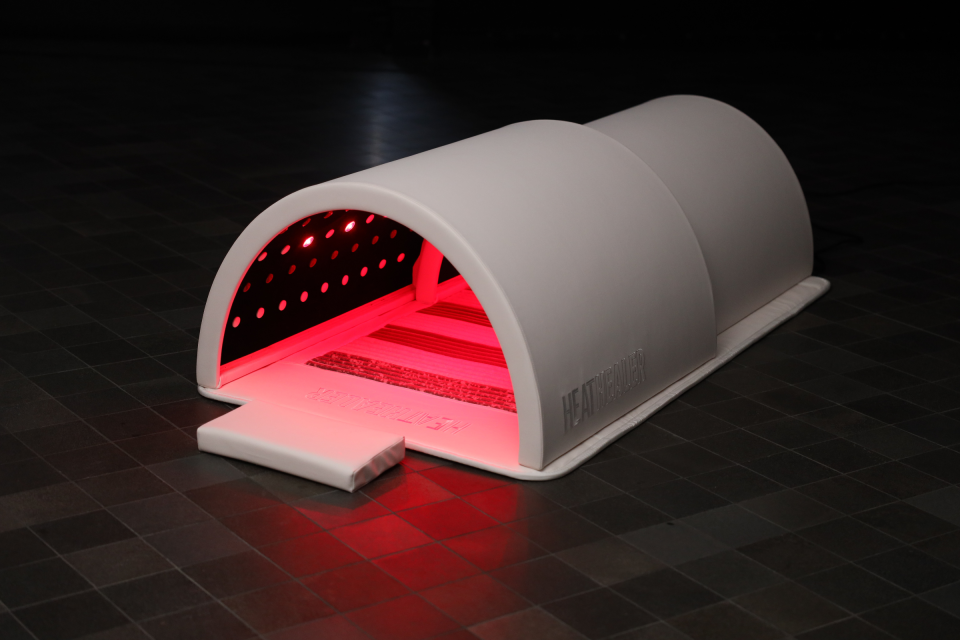
Heat Healer’s Energy Sauna combines far infrared heat to detox, red light to support skin health and PEMF (pulsed magnetic energy) to boost cell energy.
Hyperice X Knee, $399
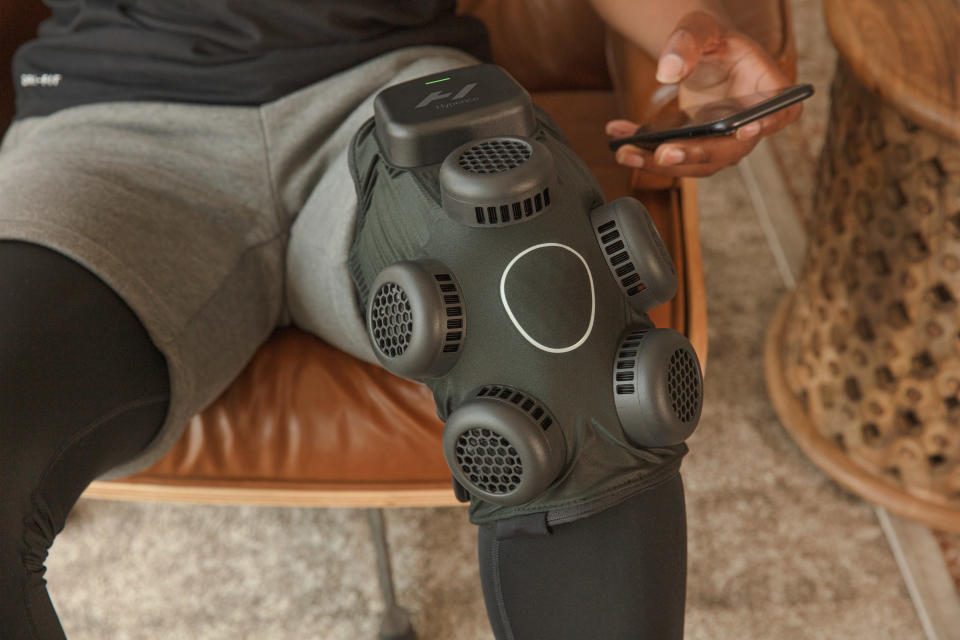
The Hyperice X Knee provides both hot and cold therapy to reduce inflammation and pain.
Hyperice Normatec 3 Legs, $799
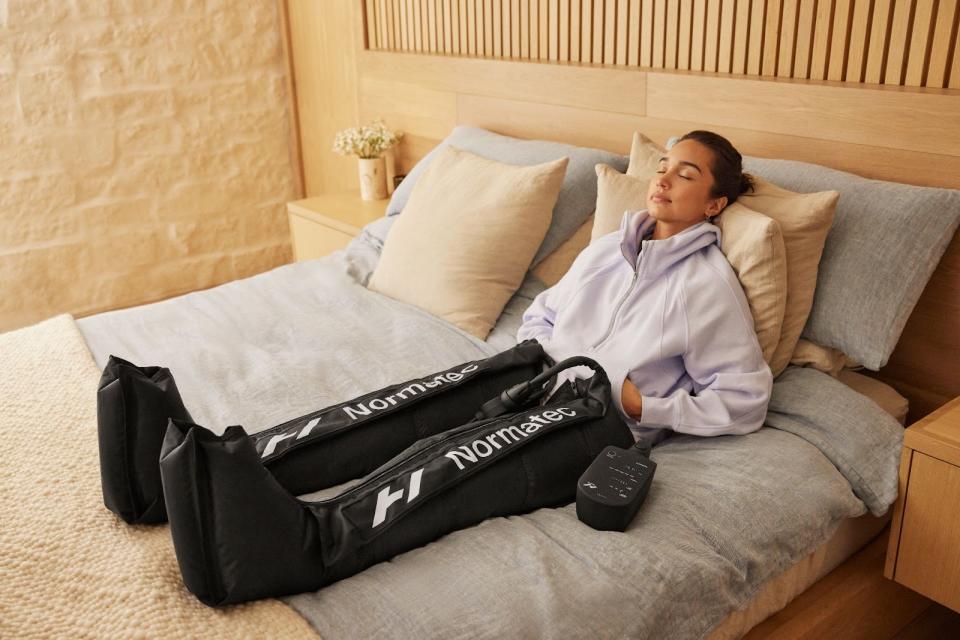
Hyperice’s Normatec 3 Legs provide air compression to alleviate pain and tension and promote overall recovery.
TheraFace Mask, $599
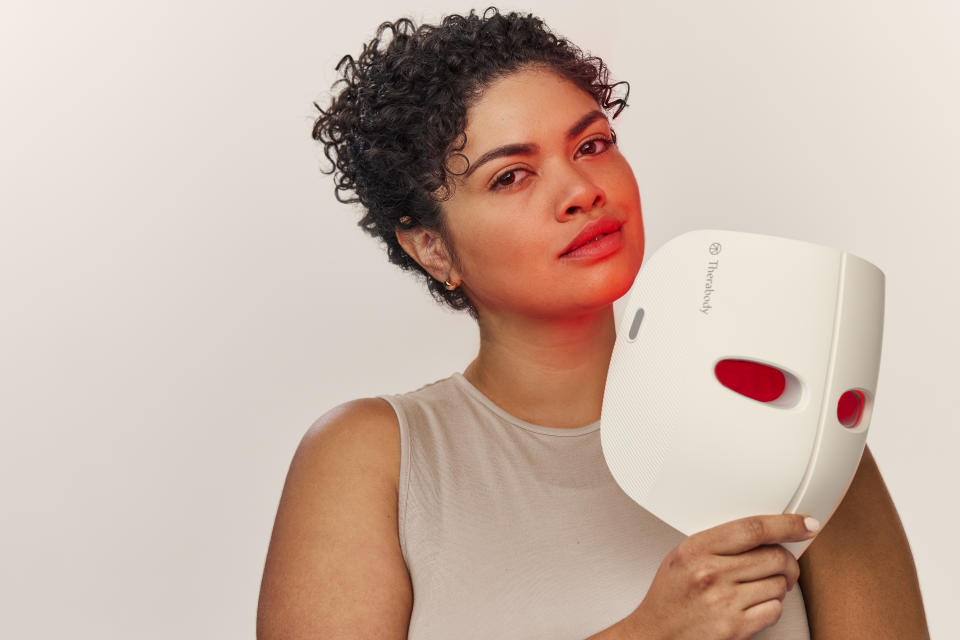
Therabody’s TheraFace Mask features three sessions of red light to address signs of aging; red and infrared light to reduce dark spots and boost collagen, and blue light to attack acne-causing bacteria.
Remedy Roller, $11,900
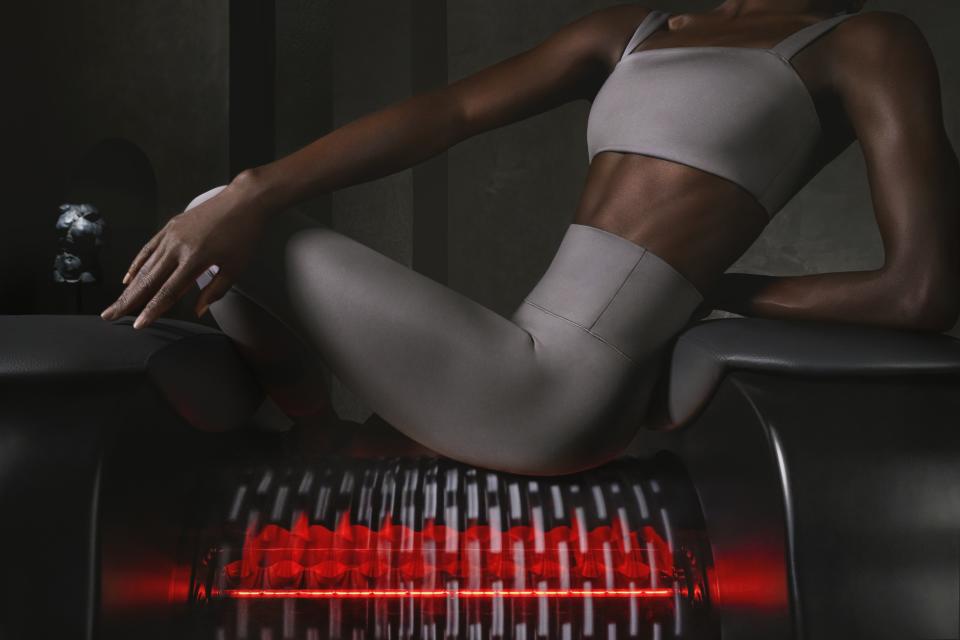
Remedy Place’s first-ever product, the Remedy Roller is an automatic massager that addresses tense muscles and boosts circulation. Infrared light therapy is also featured for added anti-inflammatory benefits.
Joovv The Go 2.0, $649
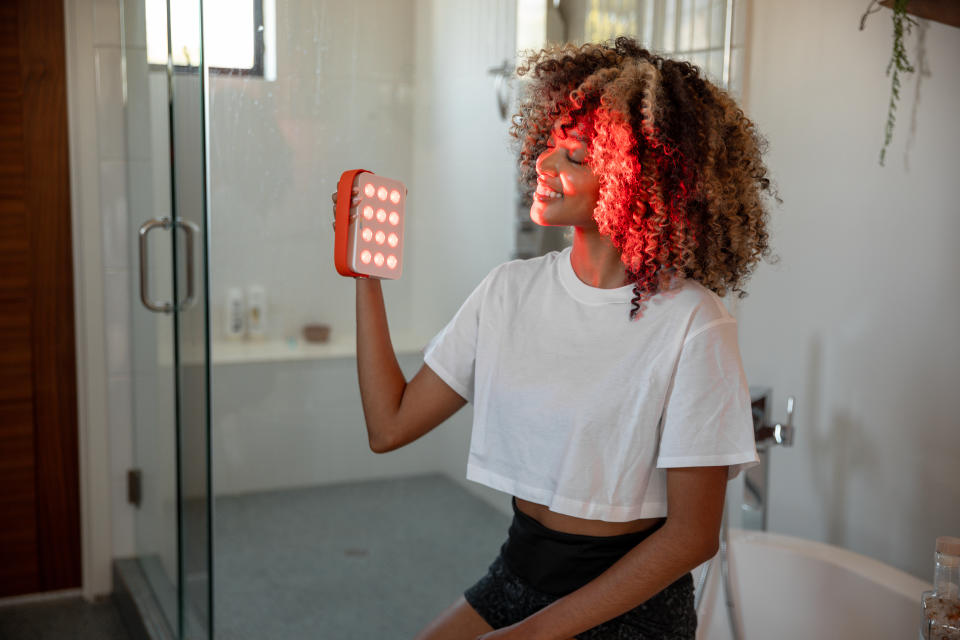
Red light therapy can address inflammation, boost blood flow and cell function and improve skin health. This handheld device allows for allover use, though Joovv also has large panels for full-body.
Plunge Plunge All-in, $8,990
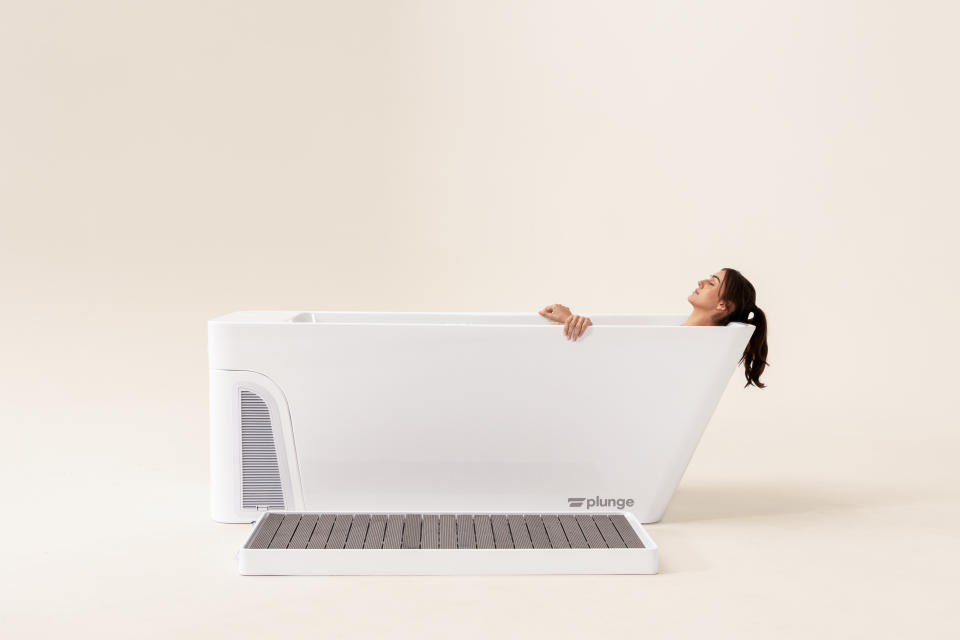
Plunge’s new Plunge All-in is the brand’s largest ice bath iteration, which cools to 37 degrees for optimal cold exposure.

